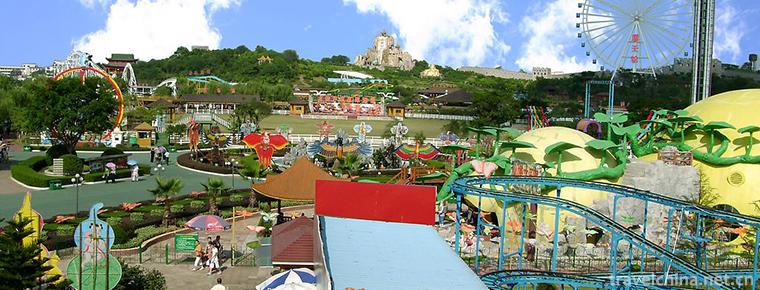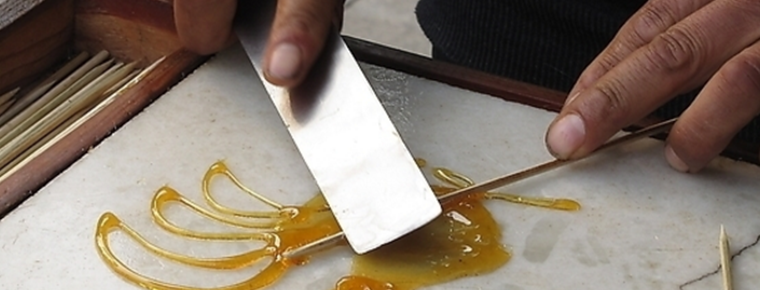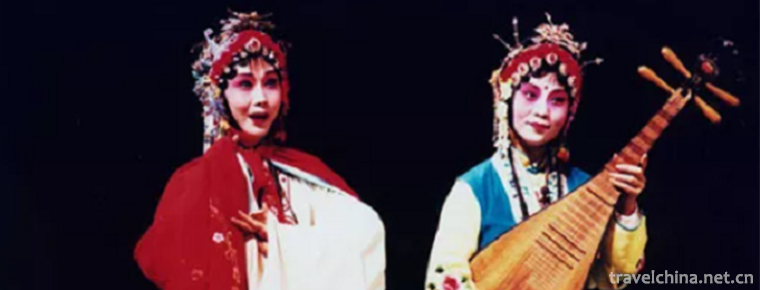Furniture Making Skills
Furniture Making Skills
Ming-style furniture making skills, local traditional handicraft in Suzhou City, Jiangsu Province, one of the national intangible cultural heritage.
Ming-style furniture production techniques began in the Five Dynasties, after the Song Dynasty, including Liao and Jin Dynasties. In the Ming Dynasty, it reached a brilliant peak and developed into different typical styles in the middle of Qing Dynasty. In the period of the Republic of China, it was influenced by foreign cultures, forming a unique traditional furniture making skills and typical styles in Suzhou.
On May 20, 2006, Ming-style furniture making skills were approved by the State Council and listed in the first batch of national intangible cultural heritage list, project number: _-45.
historical origin
During the Song and Yuan Dynasties, the furniture making techniques in Suzhou were difficult to verify because of the few objects, so they could only be seen from the painters of Song Dynasty. They were far apart from the objects, and it was difficult to study the manufacturing techniques comprehensively. But the rule was that the tools used to make furniture determined the furniture shape. It is recorded in the literature that the "silver soot blowing" and "copper alloy iron" smelting methods were invented in the Southern Song Dynasty, and that the use of coking coal for iron smelting was a milestone of great significance in the history of Chinese metallurgy. It can be seen from this that sharp furniture making tools have been produced at this time, and furniture can be made from relatively hard wood. The furniture in Han Xizai's Banquet Picture, Banana Shade Ball Picture and Nv Xiao Jing Picture are analyzed. From its shape, there is no style of lacquer wood furniture in Sui and Tang Dynasties. The furniture is simple in shape and fine in material. The hardness of the furniture material it paints has reached the hardness of Huali wood. If these three paintings reflect the furniture of the time, then we can be sure that the woodworking tools made by their furniture have been significantly improved.
The Ming Dynasty was founded in 1368. Furniture production in the Ming Dynasty developed on the basis of inheriting the skills of furniture production in the Song Dynasty. In the early Ming Dynasty, there were three kinds of production forms coexisting. The first type of lacquer wood furniture gradually dropped out of the dominant position with the gradual improvement of the production techniques of hardwood furniture and the popularity of the modelling style. The furniture making of the second kind of hard wood has begun its brilliant development course. On the basis of inheriting the production techniques of hardwood furniture in Song and Yuan dynasties, its standardized and systematic production techniques were gradually formed. In Jiajing and Wanli dynasties, the peak of ancient furniture production was reached, and the furniture with typical style at that time was formed, which was praised as "Ming style furniture" by later generations. Generally speaking, in the early and middle Ming Dynasty, the furniture form in Jiangnan area of Suzhou was lacquer wood furniture and hard wood furniture coexisting. Hardwood furniture was the main form in the middle and late Ming Dynasty.
After the Ming Dynasty died in 1644, the Qing government set its capital in Beijing, which continued the Ming Dynasty culture on furniture. This can be seen in the shape of "Soviet furniture", which inherited most of the characteristics of the Ming Dynasty furniture making techniques. By the mid-Qing Dynasty, influenced by the style of Cantonese and Beijing furniture, new features were constantly emerging in the improvement, and on the basis of inheriting the style of furniture in Ming Dynasty, a certain development was made, which resulted in many new shapes and styles of "Su writers'furniture", but it did not become a model of the Qing Dynasty like Cantonese and Beijing furniture. It's in Suzhou, south of the Yangtze River. "Soviet furniture" was formed in the mid-Qing Dynasty to the early Republic of China. It is another typical style furniture formed in a specific period of time. It is a typical representative of "Soviet furniture" from inside to outside. It has profound cultural connotation and external modeling characteristics. It inherits the style of "Ming furniture" in shape, production technology and integrity.
After the Opium War, the "Shanghai-style Soviet furniture" maintained the original traditional tenon-mortise structure and traditional production techniques, based on the production techniques of the Soviet writers in Ming and Qing Dynasties, taking the shape of the Shanghai-style furniture as the table, and inherited the production techniques since Ming and Qing Dynasties in one continuous line, "based on the traditional Soviet writers'furniture skills", but in the concept of "taking the Shanghai-style thinking as the basis". Features, cater to the current trend at that time, "formed a different style from furniture in Ming and Qing Dynasties," Su writers'furniture production skills in the Republic of China appeared a typical feature - mosaic furniture (outside with red acid branches, Shanghai, Suzhou called old redwood, inside with camphor, Chinese fir), its production process appearance mosaic seamless, do not carefully see, its skills amazing. This is also one of the greatest characteristics of "Shanghai style Su furniture".
Inheritance and protection
Inheritance value
The historical and cultural value of Ming-style furniture lies in its long-term development and milestone achievements in the field of daily-used furniture. Its integrity, rationality, practicability and decoration have reached its peak. In Ming-style furniture, whether chairs, tea tables or desks and bookshelves, its delicate shape, symmetrical proportion and clear lines fully reflect the cultural connotation and artistic temperament of furniture. It takes structural parts as decorative parts, fully reflects the natural characteristics of natural materials, refines, fits and scientific tenon and mortise techniques, and makes it reach the perfect situation.
Ming-style furniture and its production techniques have reached an unparalleled height in the field of furniture used by people everyday, and achieved milestone-like achievements. Its integrity, rationality, practicability and decoration have reached the peak. Its delicate shape, symmetrical proportion and clear lines fully reflect the cultural connotation and artistic temperament of Ming furniture. Its shape is concise and plain, not only full of fluent and meaningful line beauty, but also gives people implicit and elegant enjoyment. It takes structural parts as decorative parts, without carving or decoration, fully reflects the natural characteristics of natural materials. The refined, suitable and scientific mortise and tenon technology makes it reach the perfect situation. The "essence, spirit and spirit" of Ming style furniture making technology occupies an irreplaceable position in people's minds.
Inheritance status
Due to the fact that the precious timber such as pear and rosewood, which are needed for making Ming-style furniture in Suzhou, is almost entirely dependent on imports and difficult to obtain, the development of Ming-style furniture making techniques is limited.
Inheriting characters
Xu Jianping, male, was born on September 14, 1954. On May 26, 2009, Xu Jianping was selected as the representative successor of the third batch of national intangible cultural heritage projects and declared in Suzhou, Jiangsu Province. Project Name: Ming style furniture making skills.
protective measures
Since 2000, Suzhou has organized experts and technicians to set up the Suzhou Ming-style Furniture Research Institute, formulated and implemented the Ming-style Furniture Production Skills Protection Plan, and copied some of the Ming-style furniture exquisite products and treasures.
In October 2006, in order to inherit and promote Ming-style furniture making skills, Suzhou established the China Ming-style Furniture Research Institute to carry out research and development of Ming-style furniture, inheritance and training of Ming-style furniture skills, and identification and restoration of ancient furniture. In order to realize protection and inheritance in an all-round way, the Institute and Suzhou Boya Guyi Furniture Factory jointly set up a production base. The Research Institute also went deep into the folk to search for the material objects and materials of Ming and Qing furniture left over in various parts of Suzhou, to sort out and set up detailed archives. The Institute has also set up a special exhibition room for historical materials and products of Ming style furniture in Suzhou.
In July 2010, Nanjing Guanpu Art Museum established Jiangsu Zuoming Furniture Art Research Institute and Non-Heritage Culture Tourism Base to study and display non-hereditary technology achievements, popularize non-hereditary technology knowledge, display the profound historical connotation of Chinese traditional wooden culture, and promote the development of traditional Suzuo small wooden furniture production technology and culture industry. Through the establishment of production base, the protection of traditional technology will be put into practice in production, and the protection of technology will be returned by production and sales.
social influence
Important exhibition
On the occasion of National Day 2016, the Ming Dynasty Furniture (Su Zuo) Production Skills Exhibition, sponsored by the Gongwangfu Management Center of the Ministry of Culture, opened in Gongwangfu, in which the Ming Dynasty Furniture Production Skills were displayed.
On September 19, 2018, the 10th Zhejiang China Intangible Cultural Heritage Exposition and Hangzhou Craft Week opened at the Baima Lake International Conference Center in Hangzhou, in which the Ming Dynasty furniture making skills were displayed.
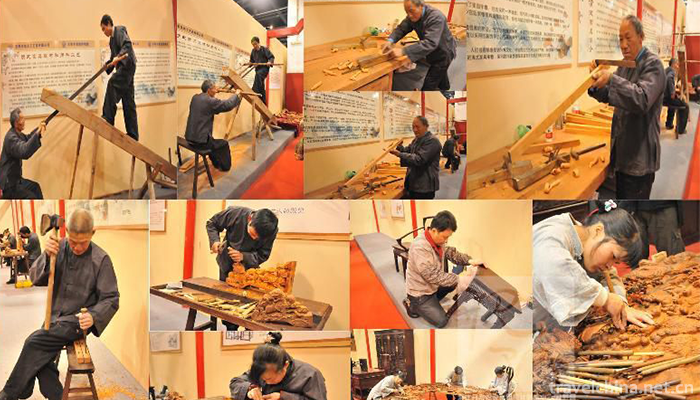
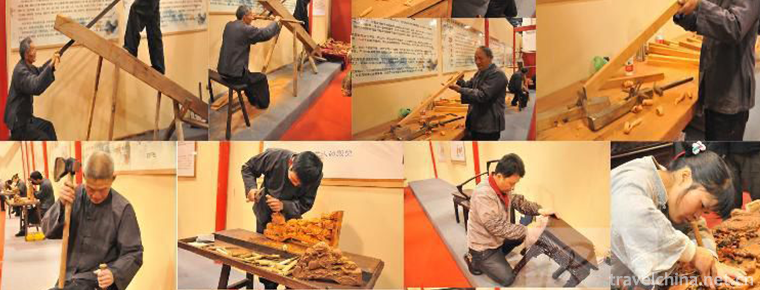
Furniture Making Skills
-
Baili Rhododendron Scenic Area in Bijie City
Bijie Baili Rhododendron Scenic Area is located in the northwest of Guizhou Province and the central part of Bijie City. It belongs to the Baili Rhododendron Management Area of Bijie City.
Views: 261 Time 2018-12-12 -
Chaoyang Bird Fossil National Geological Park
Chaoyang Bird Fossil World Geopark is located in Chaoyang City, western Liaoning Province. Chaoyang is located at the junction of Liaoning, Hebei and Mongolia provinces in the throat of Chinese cock t
Views: 128 Time 2019-01-05 -
Hulu Mountain Villa Tourist Scenic Area
Huludao Mountain Resort is located on the Bohai coast in the northeast of Huludao City, Liaoning Province. The rich and colorful Huludao Mountain Resort is located in Huludao City
Views: 233 Time 2019-01-16 -
Huang Yaguan the Great Wall
The Great Wall of Huangyaguan lies in the mountains 28 kilometers north of Jizhou District. Historically, there were 18 garrison piers and abutments in Jizhou City. Huangyaguan Pass
Views: 74 Time 2019-01-19 -
Jiangshan Peninsula Tourist Resort
Jiangshan Peninsula Tourist Resort is a provincial tourism resort development zone approved by the People's Government of Guangxi Zhuang Autonomous Region in 1994.
Views: 183 Time 2019-01-21 -
Sea cucumber with eight treasures
Babao sea cucumber is a traditional dish in Yichang City, Hubei Province. "Babao" means ham, hoof tendons, chicken, winter bamboo shoots, shrimp, mushrooms, lotus seeds and water chestnut; i
Views: 176 Time 2019-03-25 -
Zha Quan
Zha Quan is one of the five major schools of traditional Chinese long boxing, which is widely spread among Hui people. It originated in Shandong Province
Views: 163 Time 2019-04-15 -
Traditional skills
Chinese traditional folk art is a craft inherited from Chinese folk, such as paper-cut is one of the most popular traditional folk decorative arts in China, with a long history
Views: 343 Time 2019-04-19 -
Soviet Opera
Su Opera is a combination of Huagu Tanhuang, Nanci and Kunqu Opera. It is popular in the urban and rural areas of southern Jiangsu and Northern Zhejiang. Its predecessor, Sutan, was originally called
Views: 89 Time 2019-06-16 -
Xie Rong Zhongzi
Xierong Zhongzi still keeps the primitive and simple legacy, from which we can see the spiritual sustenance and aesthetic pursuit of Tibetan ancestors. This kind of primitive culture and art has becom
Views: 211 Time 2019-07-06 -
Zhaojue Temple
Zhaojue temple, located 5 kilometers north of Chengdu, is known as "the first Zen forest in Western Sichuan". It was changed into a Buddhist temple in the Tang Dynasty (627-649) and named Jianyuan temple.
Views: 139 Time 2020-10-18 -
Mianyang scenic spots
Mianyang City is a famous historical and cultural city in Sichuan Province, the main node of the dajiuzhai international tourism circle and the Three Kingdoms Shu Road culture international tourism line. It has a 5A level scenic area of "Beichuan Qiang city tourism area"
Views: 92 Time 2020-12-14


